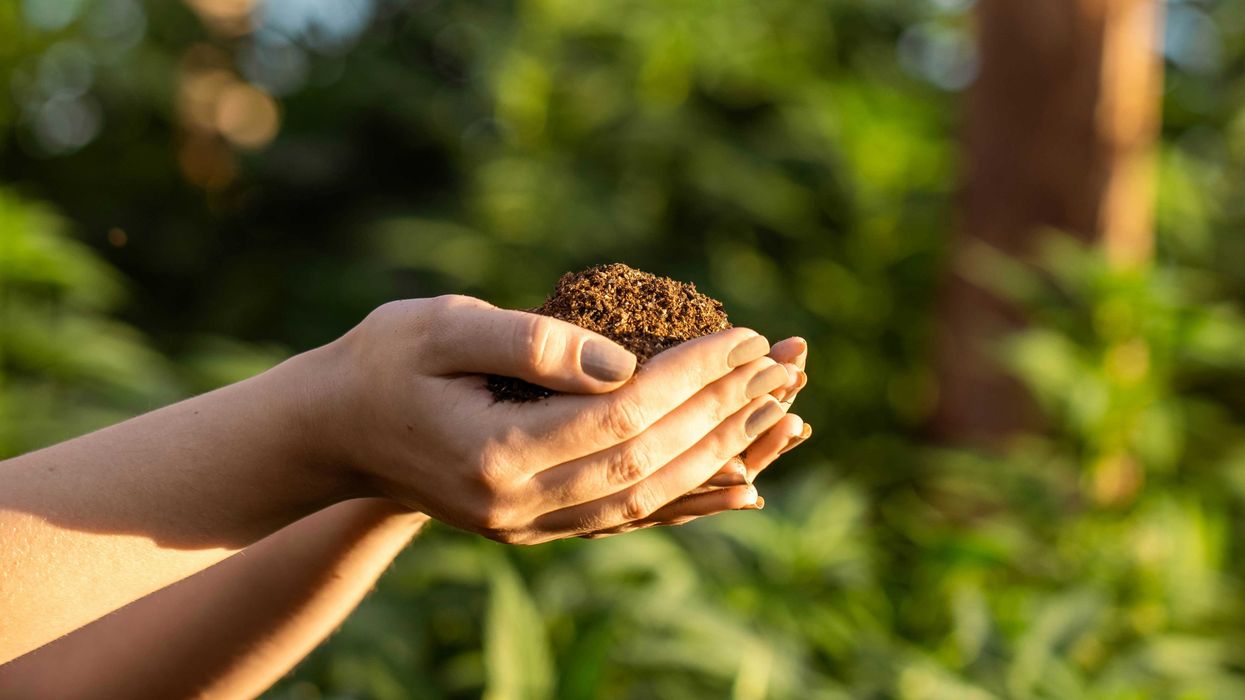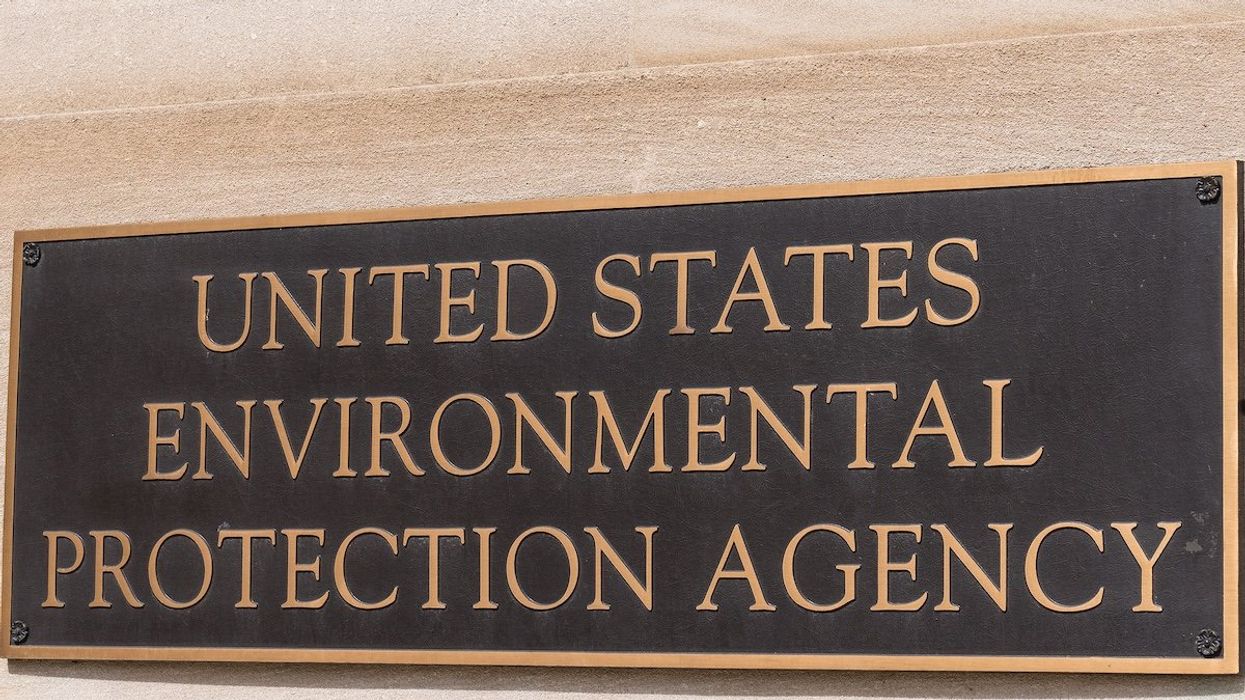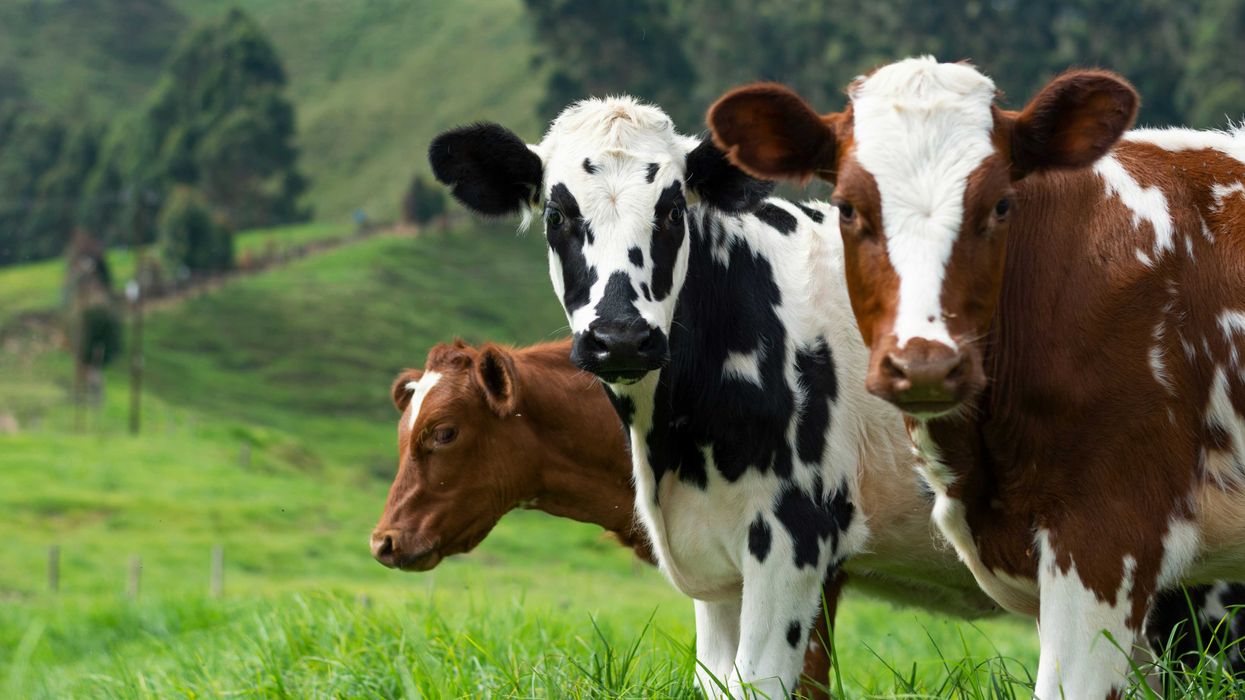In the face of worsening drought and depleted soils, a Southern Arizona ranch is betting on regenerative agriculture to create a viable, low-water future for farming in the Southwest.
Samuel Gilbert reports for Civil Eats.
In short:
- Oatman Flats Ranch became the Southwest’s first Regenerative Organic Certified farm in 2021, using heritage crops, cover crops, and soil-friendly techniques to restore degraded desert farmland.
- The ranch’s practices have doubled organic matter in the soil and saved over a billion gallons of water in five years by replacing conventional methods with flood-free irrigation, rotational grazing, and reduced tillage.
- Drawing on Indigenous farming knowledge, Oatman Flats grows native and heirloom crops like mesquite and White Sonora wheat, while also serving as a learning site for other farmers exploring regenerative practices.
Key quote:
“If we can do it here, we can do it anywhere.”
— Dax Hansen, owner of Oatman Flats Ranch
Why this matters:
Much of the U.S. Southwest faces a collision of climate extremes and outdated agricultural models. Farms continue to grow thirsty crops like alfalfa and cotton, even as rivers like the Gila run dry and aquifers disappear. Oatman Flats Ranch offers a case study in doing things differently. By leaning into regenerative organic farming, rooted in Indigenous practices and local ecological conditions, the ranch shows how to farm with less water and without synthetic chemicals. This model contrasts sharply with dominant practices that degrade soil and pollute waterways. But change is expensive and time-consuming, and most farmers can’t afford the upfront costs. The success of Oatman Flats Ranch points to a way forward for farming in dry places, if there’s the will and funding to scale it.
Read more: Climate, justice, and the deep roots of regenerative farming














